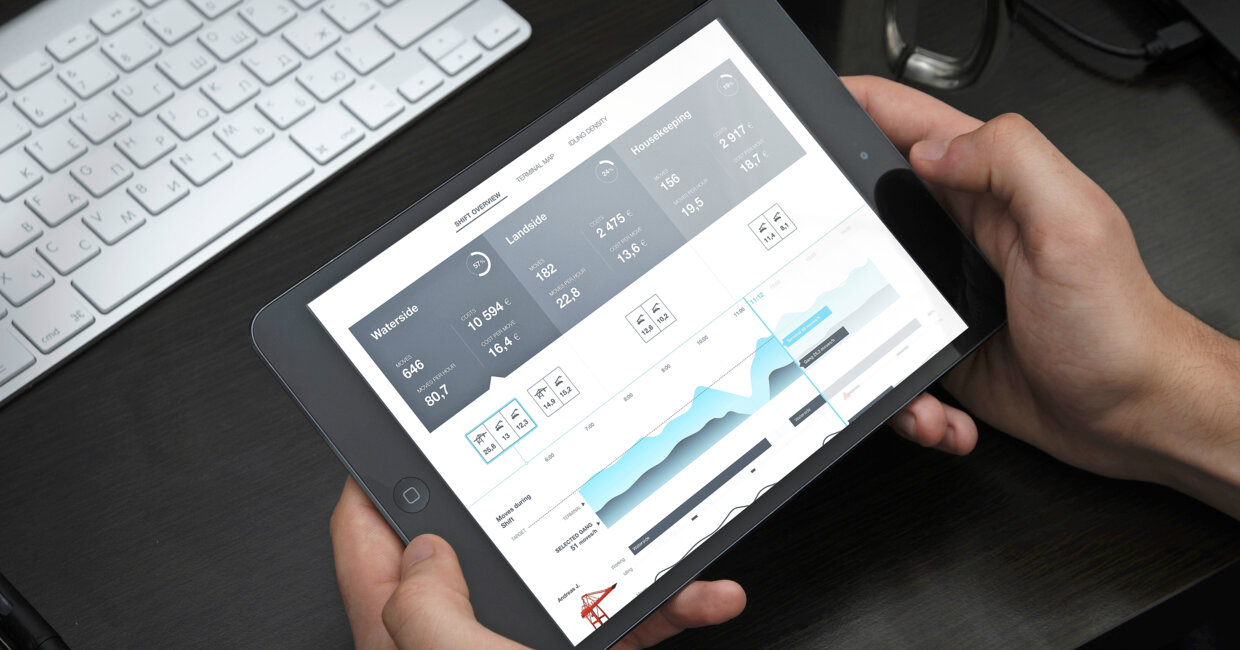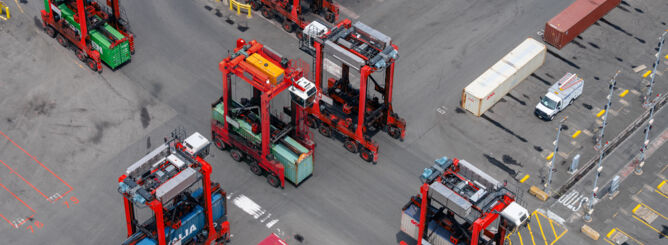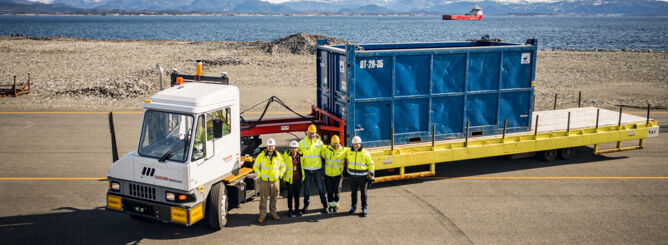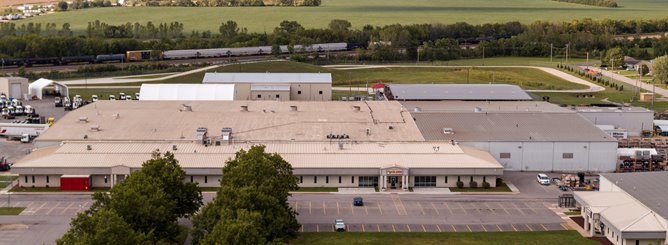Real-time data drives terminal operations performance improvement
As interest in data-driven solutions from both customers and internal stakeholders continues to rise, Kalmar has been looking at how the information generated during cargo handling operations can be utilised to create value for customers.
Data visualisation and insights have been a vital component of Kalmar’s service offering for many years, most notably through Kalmar Insight – a performance management tool that aggregates data from multiple sources to provide an overview of fleet operations and maintenance needs.
Lasse Eriksson, Vice President, Technology, acknowledges that there is nothing new in machines generating valuable operational data. “What we have seen lately has been better integration between machine information and systems such as maintenance management,” he says. “The wider opportunity lies in interconnected ecosystems where data is shared across the organisation and beyond, and thus becomes actionable by triggering, for example, process improvement activities or more immediate maintenance actions.”
"By having solutions that collect and analyse data and turn it into information you get digital intelligence."
Real-time data is the key
Real-time data is a key component of predictive maintenance, estimating when a component will need to be replaced by analysing data such as temperature or pressure measurements. Data points from different machines and different operating environments can be combined to determine if an individual machine is not working as it should. Combining the outcomes of data analytics, the risk of failure and the cost of repair gives the ingredients for a predictive maintenance strategy.
“Since it is possible to predict the optimal time of the next maintenance we can automatically connect this information into our global spare parts distribution network so we can deliver the required service kit or part at the right time,” adds Eriksson. “This offers the opportunity to plan maintenance in a way that minimises downtime.”
A prerequisite of real-time information is digital data that is available for calculations, analytics and integration into other systems. By having solutions that collect and analyse data and turn it into information you get digital intelligence, explains Mette Kjems Bærentzen, Product Portfolio Manager, Counterbalanced Container Handlers.
For example, GPS positioning and equipment engine data can be used to map drive cycles and distances and identify idling positions and times – vital when a machine can be idling for as much as 45% of its running hours and a useful contributor to improved operational safety.
“There are so many areas where we can do better without losing productivity, which is why it is a really good idea to invest in data.”
Leveraging digital intelligence
“With that digital intelligence, you can start harvesting operational value in terms of better planning, increased uptime and productivity as well as safer operations, which will in turn give you the business value of lower operational cost, improved profitability, higher return on investment and improved competitiveness,” she adds.
“There are so many areas where we can do better without losing productivity, which is why it is a really good idea to invest in data,” says Kjems Bærentzen. “It might seem like a massive undertaking at first, but you will reap the benefits very quickly. Data on its own has no value – it has to be put in the right context and presented to the right people so it becomes usable information.”
Customers looking to leverage real-time data should start by ensuring all their machines are connected, she concludes. “Once you have the data, figure out what it is you want to know. What are your pain points, what do you want to improve? Then you will know what data you need to turn into information you can use.”
Lasse Eriksson and Mette Kjems Bærentzen discussed the value of real time data during a webinar hosted by Kalmar in May – a recording of the webinar is available at https://www.kalmarglobal.com/news--insights/webinars/power-of-the-real-time-data/



